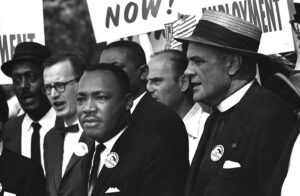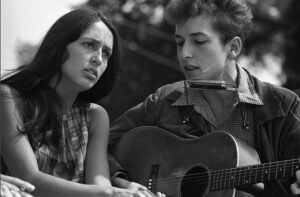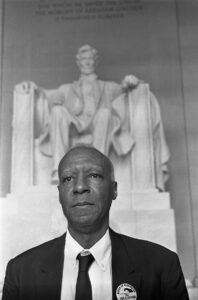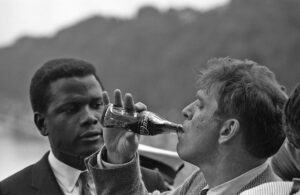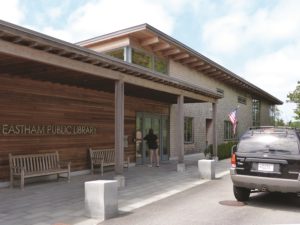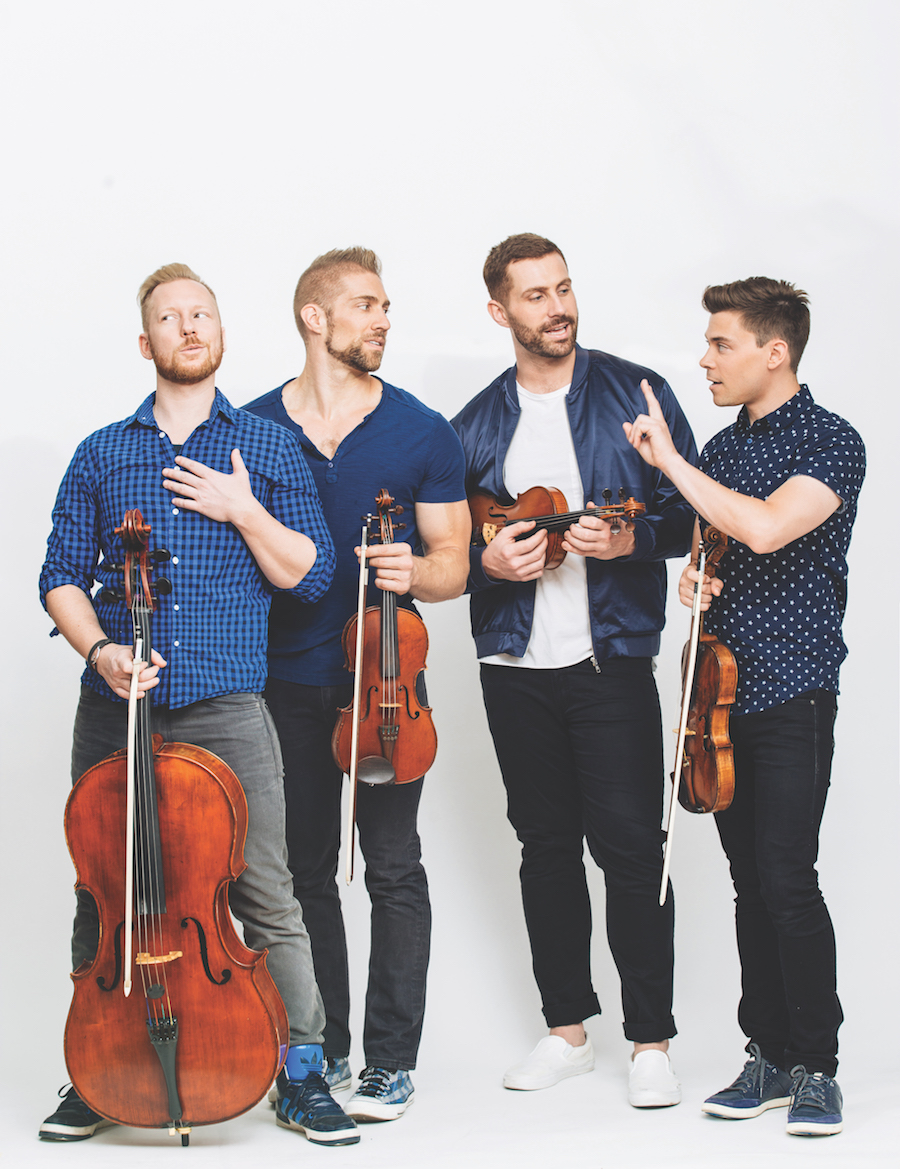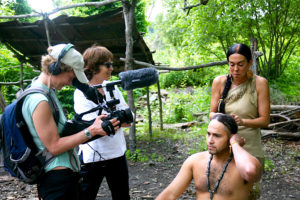This article was updated on Nov. 24.
EASTHAM — When Library Director Melanie McKenzie came to work on Sept. 23, she found the area around the circulation desk flooded. There had been a torrential downpour the day before, during which Eastham got 6.65 inches of rain, according to the Community Cooperative Rain, Hail, and Snow Network, a volunteer group of weather observers.

It wasn’t the first time that part of the relatively new library roof had leaked, and Town Manager Jacqui Beebe sounded exasperated when she addressed the select board at its meeting that evening. There was “no doubt in her mind,” she said, that the town would need to completely redesign the roof if it wanted to stop the leak for good, and that it would be expensive.
But on Nov. 19, Beebe seemed hopeful about the repairs now underway. “I wouldn’t want to go to town meeting and say there are things that were suggested that we didn’t try,” she said. “We are not going to go for a huge capital investment until we have exhausted all of our methods.”
Contractors working for BluSky Restoration, a company founded in Denver but working nationally and with offices in Woburn and Stoughton, were originally expected to finish creating a thermoplastic polyolefin (TPO) seal along the length of the leaky area this week. A delay pushed the expected completion to Nov. 25, according to Beebe.
Their approach was different from that of the previous contractors who tried to fix the problem in 2019. The seal is larger this time, said Beebe, leading to a greater overlap between it and the metal that will hopefully keep rain from penetrating the roof.
“It’s a metal roof, so it’s not easy to replace just a single section, but we’re trying anyway,” Beebe said. “BluSky felt very confident that they could replace that section of the roof, seal it, and make it work.”
The current repair job has a price tag of $25,715 — much less than Beebe and other town officials had anticipated spending for a roof redesign. Instead of requesting capital funding, Beebe said the money will come from the town’s maintenance and repairs account.
BluSky also oversaw interior repairs associated with the September water damage, removing saturated ceiling tiles and setting up dehumidifiers to minimize further problems. The company was expected to complete installing, sanding, and finishing the library’s new flooring on Nov. 20.
A No-Fault Round One
When patrons entered the library early Tuesday afternoon this week, staff directed them through the gardens to prevent them from interfering with the final stages of the repairs. Despite the design award from the American Institute of Architects and the American Library Association that the Eastham library received in 2018, this wasn’t the first time visitors found themselves re-routed during roof repairs.
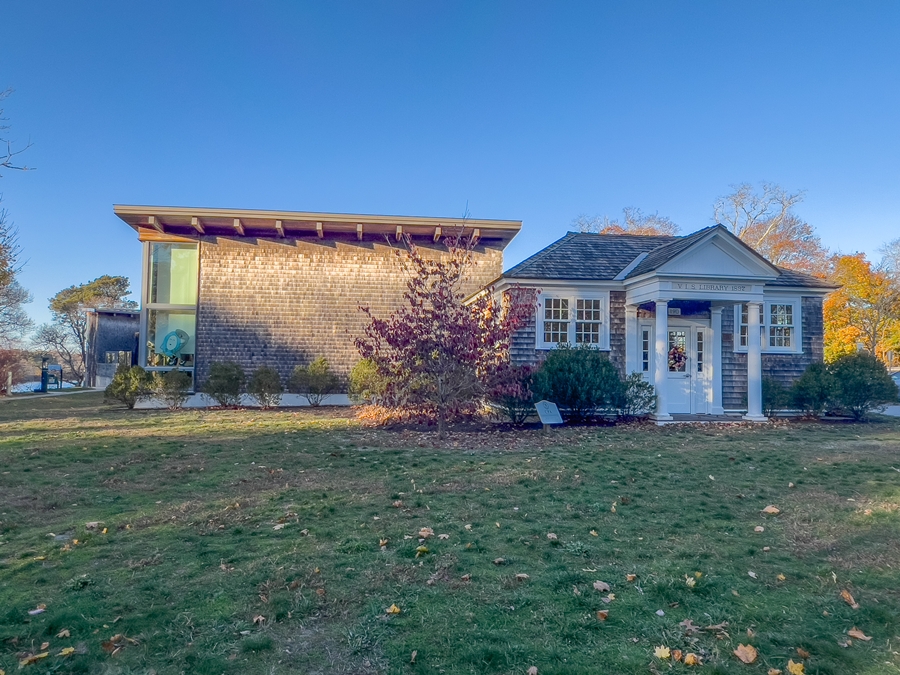
The first fix was needed in fall 2019. The leak seemed to be a consequence of the shape of the roof, which was designed to direct water away from nearby Depot Pond and into a rain garden in the crook of the L-shaped building. Before falling into the garden, water flowed through a channel where two sections of the roof met.
That’s where the trouble was, according to Al Alfano, chair of the library’s board of trustees. “It turned out the flashing in that area wasn’t sufficient to handle the water load that was being directed to the garden,” he said.
Luckily, the leaks have never caused damage to the library’s books, furniture, or copy machines. “One of the design features of the library is flexibility, so the spaces can be repurposed,” Alfano said. “Lots of things are on wheels. We managed to move everything out of the way.”
Nevertheless, librarians couldn’t prevent damage to the wood floor and ceiling tiles near the circulation desk, caused both times the leak brought water into the building. This time, the leak also forced the library to temporarily close down the copy machines, which couldn’t find a home among the relocated shelves.
Initial assessments of the cause were conducted in December 2019 and March 2020 by Waltham-based engineering firm Simpson Gumpertz & Heger. Because the parties couldn’t determine who was at fault — the contractors blamed the architects and the architects blamed the contractors, according to Beebe — the cost of the assessment and repairs were shared. Two-thirds of the assessment fee was covered by Oudens Ello Architecture and the rest was paid by the town; the repair work fell to the builder, Nauset Construction.
“Nauset Construction was very confident they’d fixed it,” library director McKenzie said, “but the problem with a slow leak is that you don’t know it’s a problem until it becomes big.”
Nauset Construction hadn’t been successful in stopping the leak after all. And by this fall, when library staff noticed staining on the ceiling again, the contractor’s five-year warranty on the building’s original 2016 completion date had expired.
For Alfano, the return of the leak seemed like the result of a perfect storm: days after the staining had reappeared, the downpour revealed the failure of the previous repair.
Editor’s note: An earlier version of this article, published in print on Nov. 21, incorrectly reported that contractors had completed installing a new seal on the leaking section of library roof. The installation was delayed and, according to Town Manager Jacqui Beebe, was expected to be completed on Nov, 25.
